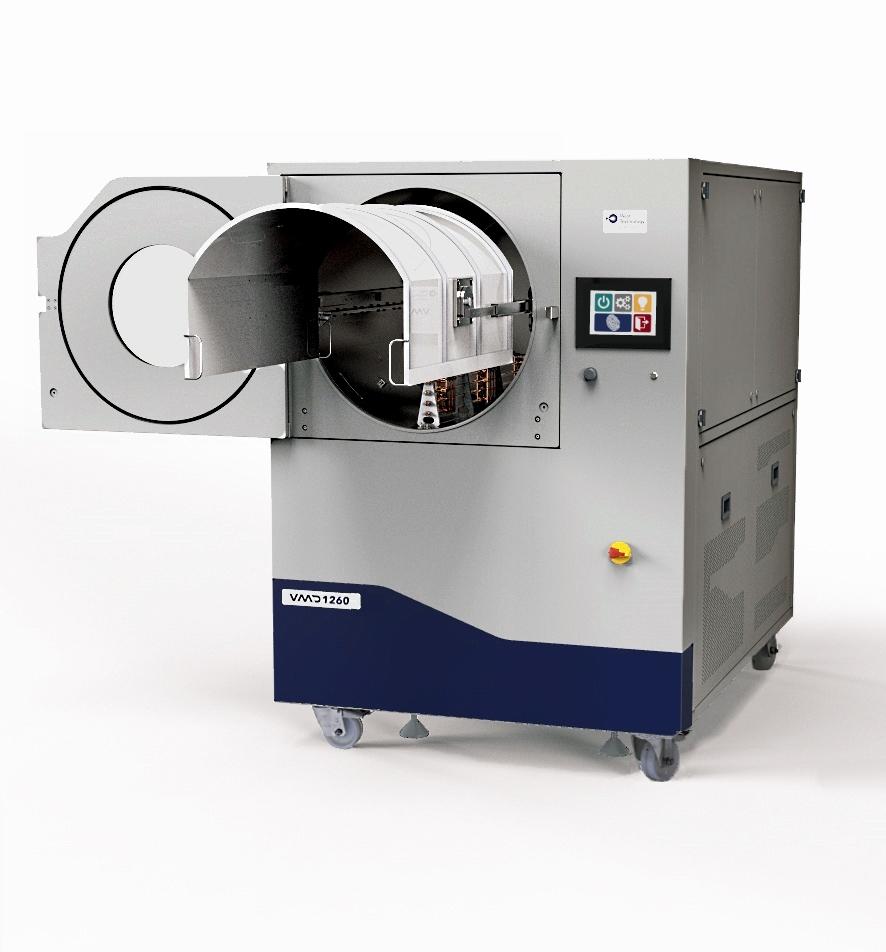

Now, you’ll want to draw an inclusion shape that encompasses the binding pocket. If we don’t do this, POVME will think that the space which the ligand occupies isn’t part of the pocket. Under “Select molecule”, choose the protein.Ĭhange “selection” from “all” to “protein”. Open the Povme2 plugin by going to Extensions -> Analysis -> POVME2 Be sure to open VMD in your new /scratch directory.Īlign the trajectory using the RMSD Trajectory Tool Load the trajectory into VMD by specifying the correct file paths. Make a new directory in your /scratch for the analysis,Ĭd to this directory. We will first look at a single trajectory from our HSP90 simulations. Run POVME on the binding pocket the old-fashioned way Now open VMD and go to Extensions -> Analysis -> POVME2.Ģ. Set ::povme2::povme2_directory "$::env(POVME_PATH)/POVME/POVME3.py" Vmd_install_extension povme2 povme2_tk_cb "Analysis/POVME2" Set auto_path "$auto_path $::env(POVME_PATH)/POVME/vmdplugin" In your home directory, create or open the file “.vmdrc” and enter the following: Installing VMD plugins is a pain in the neck, but thankfully I’ve prepared the important file for you. The POVME VMD plugin is best for processing small cases (< 1000 frames), but I still use it in larger cases to define the binding pocket region. Do more complex post-analysis on these POVME results.Run an advanced POVME analysis workflow on multiple trajectories of the same protein bound to different ligands.Run POVME on the binding pocket in our system the old-fashioned way.We’ll be a bit busy, so let’s get moving. Actual drug designers will find this output far more useful than the clustering, since drug design is present(2016)ly more of an art than a science, and this information is more readily visualized. Simulation summary: POVME can generate a 3D model overlaid on the binding pocket, showing what kinds of subpockets, motions and/or conformational changes were observed in the simulation. This way, a scientist can dock to just a few, unique snapshots of the protein binding pocket (the cluster representatives), under the assumption that the drugs revealed by docking to these few conformations are the same as the drugs that you’d discover by docking to every single frame. Pocket shape-based clustering: POVME will analyze the whole simulation from the perspective of the binding pocket, and find unique families of conformations that were visited. In the above situation, POVME can perform two useful tasks: How does POVME enable better drug design? POVME3 is primarily intended to solve this problem of making molecular dynamics simulations more useful to drug designers. Sometimes, a scientist will do a simulation and end up with hundreds of thousands of snapshots (each a single protein structure), and it is impractical to dock to all of them.

However, even moderately effective docking is computationally expensive.

In other words, conclusions like “The RMSD went up” do not tell us why people get cancer or what to do about it.Įveryone does simulations different ways and for different specific reasons, but I’d argue that the most directly valuable question that people can try to answer is “how does this simulation help me make a drug?” The normal way for people to use a protein structure to make a drug is by using “docking” software, which tells them how likely a given small molecule is to fit into a binding site. There are a growing number of tools that try to quantitatively answer the question of “what in the world just happened in this simulation”, but they often do abstract analyses with no clear actionable output. However, what usually happens is that scientists run simulations (at great computational cost), and then see a big protein wiggling around, and have no idea what to do with it. Molecular Dynamics simulations are getting really popular in our field of science. Gcq#395: “It was something to at least have a choice of nightmares” (Joseph Conrad) Please don’t hesitate to complain - The problems that give you the hardest time are the ones I’ll focus on fixing first!
#VMD INSTALL SOFTWARE#
You can expect far less stability and user-friendliness from this software than you could from things like VMD. I also have two other essentially full-time projects. Jeff’s note: I am the current lead developer of POVME.


 0 kommentar(er)
0 kommentar(er)
